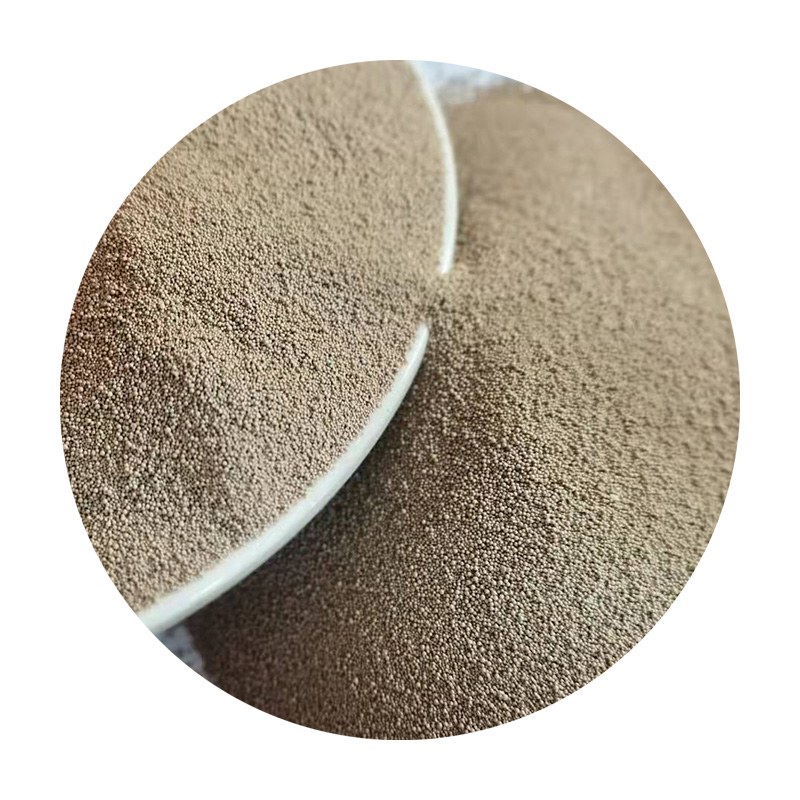Sand Casting 101 An Introduction to a Timeless Manufacturing Process
Sand casting, also known as sand molded casting, is one of the oldest and most widely used metal forming processes in the manufacturing industry. Its simplicity, versatility, and cost-effectiveness make it a popular choice for creating a variety of components, from intricate designs to large industrial parts. This article will provide an overview of sand casting, its processes, advantages, and applications.
The Basics of Sand Casting
At its core, sand casting involves creating a mold from a mixture of sand, clay, and water. This mold is then used to shape molten metal into the desired form. The general process can be broken down into several key steps
1. Pattern Making The first step involves creating a pattern of the desired part, usually made from wood, metal, or plastic. Patterns are typically larger than the final product to account for material shrinkage during cooling.
2. Mold Creation The pattern is pressed into a sand mixture to create a mold. This mixture usually consists of silica sand, which provides the necessary properties for heat resistance and shape retention. The mold can be a single piece (green sand) or made of two halves (cope and drag).
3. Core Making (if needed) For hollow or complex parts, cores made of sand are created and placed into the mold to form internal cavities.
4. Melting the Metal The metal, typically aluminum, iron, or bronze, is heated until it reaches a liquid state. This molten metal is then carefully poured into the mold.
5. Cooling and Solidification Once the molten metal is poured, it begins to cool and solidify. The cooling process can take anywhere from a few minutes to several hours, depending on the size and material of the cast part.
6. Finishing After the metal has solidified, the mold is broken open, and the casting is removed. Further finishing processes, such as grinding, sandblasting, or machining, may be required to achieve the desired surface finish and dimensions.
Advantages of Sand Casting
Sand casting has several advantages, making it a preferred method for many manufacturers
sand casting 101

- Cost-Effective The materials used in sand casting are relatively inexpensive. Additionally, no expensive tooling is required, particularly for low-volume production runs.
- Versatility Sand casting can accommodate a wide range of metal alloys and is suitable for creating small to very large parts
.- Complex Shapes This method allows for the production of complex geometries and intricate designs that may be difficult or impossible to achieve with other methods.
- Scalability Sand casting is scalable, meaning it can be used for both small prototype runs and large production volumes.
Applications of Sand Casting
The applications of sand casting are diverse and span multiple industries
- Automotive Many automotive components, such as engine blocks, transmission cases, and decorative trim pieces, are produced using sand casting.
- Aerospace Parts that require precision and durability, like turbine blades and housings, are often manufactured through sand casting due to its ability to produce complex shapes.
- Construction Sand casting is used to create various architectural components, from decorative elements to structural supports.
- Consumer Goods Items such as cookware and artistic sculptures can also be produced via sand casting, showcasing its versatility.
Conclusion
Sand casting remains a crucial method in the world of manufacturing despite the advent of newer technologies. Its ability to create intricate shapes, cost-effectiveness, and versatility in materials make it a reliable choice for producing a multitude of components across different industries. As manufacturers continue to innovate and refine the sand casting process, its relevance in modern manufacturing is likely to persist, proving that traditional methods can still thrive in a fast-paced, technologically driven environment. Whether you're an engineer, a manufacturer, or simply curious about the casting process, understanding the fundamentals of sand casting is essential in appreciating its role in the industrial landscape.
Post time:11월 . 08, 2024 07:46
Next:Exploring the Versatile Uses of Sand Casting in Modern Manufacturing Techniques
